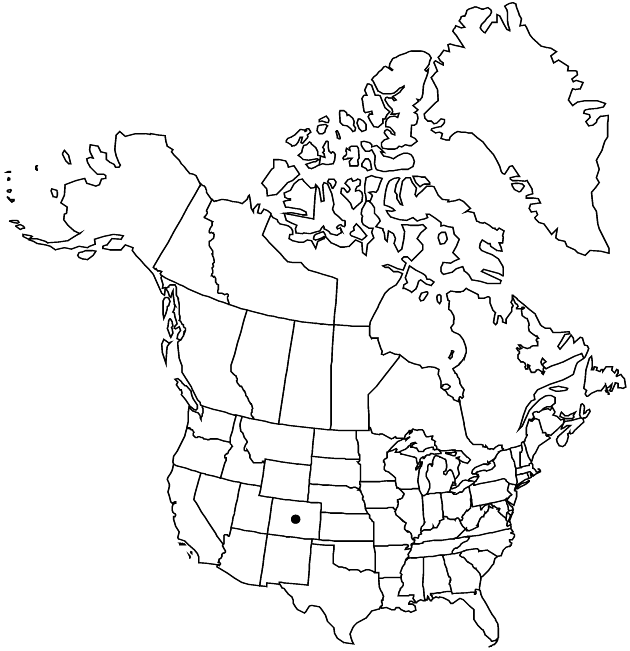Townsendia glabella
Proc. Amer. Acad. Arts 16: 86. 1881.
Perennials, 1–5 cm (± pulvinate). Stems ± erect; internodes 0.1–1 mm, strigose. Leaves basal and cauline, blades spatulate to oblanceolate, 20–60+ × 2–5 (–11+) mm, little, if at all, fleshy (margins strigoso-ciliate), usually glabrous, sometimes sparsely strigillose. Heads usually on scapiform peduncles 10–20 (–70) mm, rarely sessile. Involucres hemispheric or broader, 8–12 (–24) mm diam. Phyllaries 20–28+ in 3–4+ series, the longer ± lanceolate, 5–9 mm (l/w = 3–5), apices acute, abaxial faces glabrous or sparsely strigillose. Ray-florets 12–34+; corollas usually white, sometimes pink or blue adaxially, laminae 5–10 (–14+) mm, glabrous abaxially. Disc-florets 50–80+; corollas 3.5–5.5 mm. Cypselae 2–4 mm, faces sparsely hairy (mostly at bases), hair tips glochidiform; pappi persistent; on ray cypselae ± 20 lanceolate to subulate scales 0.5–1.8 mm; on disc cypselae 15–35 subulate to setiform scales (4–) 5–7 mm. 2n = 18.
Phenology: Flowering May–Aug.
Habitat: Shale slopes with pines
Elevation: 2100–2600 m
Discussion
Of conservation concern.
Distinctions between Townsendia glabella and T. rothrockii are subtle. Types of the two names are probably better considered to be conspecific.
Selected References
None.
Lower Taxa
"broader" is not a number.
